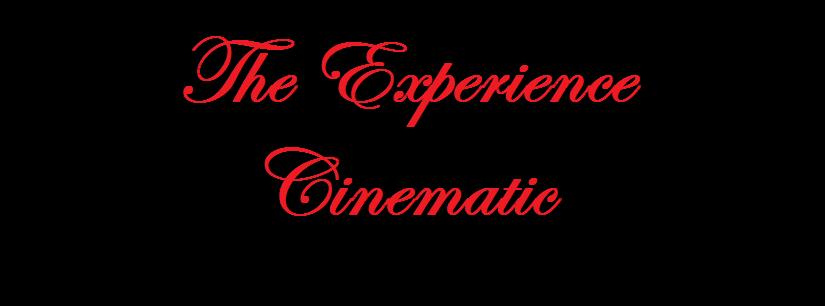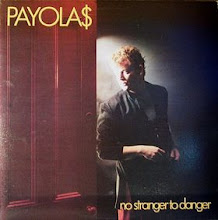 (The following was originally written before the release of Terminator Salvation in 2009, and has been partly reedited for its debut here on the site)
(The following was originally written before the release of Terminator Salvation in 2009, and has been partly reedited for its debut here on the site)In anticipation of this weekend’s release of Terminator Salvation (McG 2009), I have gone back and once again screened Terminator 3: Rise of the Machines (Mostow 2003), a film I’ve gone back and forth with over the years. When I first saw the film back in 2003, I enjoyed it while acknowledging that it was not anywhere near Cameron’s efforts. However, viewings since have allowed the massive flaws of the film to become increasing apparent, flaws which have tainted my views on the film quite a bit. Sadly, this viewing has only further reinforced just how much of a failure Terminator 3: Rise of the Machines ultimately is at the end of the day. Instead of a grand continuation of the story of John Connor, Mostow’s film only serves to remind audiences why Cameron’s original films work, and at the same time occasionally shows audiences that a much better film is buried somewhere in the finished mess, a film we will never get to see.
The reason the first two films work so well is the sense of reality that James Cameron built into his science fiction world. Everything felt lived in and natural, right down to the smallest detail and roles. Clothing is tattered and ruffled, the stars and extras look haggard and rough. Even the action scenes, as insane as they get, feel like news items that might get reported at eleven o’clock. This is why those films are unsettling even as you are having a blast: it is taking place in a world that very much feels like ours, with the future hell being an extension of our present existence.
What sinks Terminator 3: Rise of the Machines more than anything else is the lack of verisimilitude that Cameron mastered on the first two films. Everything in the film is too produced, too artificial: the computer effects are too clean; the sets look like sets rather than real locations. This extends even to the acting, which does not for one second feel natural. Nick Stahl never becomes John Connor; rather, what we see is Nick Stahl attempting to play John Connor. Even Arnold seems as if he is imitating his earlier performances rather than actually performing the role. This is all the more annoying given that the actors in the film have proven elsewhere that they are more than up to the task of giving the roles what they need.
This artificiality oddly enough is symbolized for me by Arnold Schwarzenegger’s jacket in this film. Take a look at the jackets Schwarzenegger wears in the Cameron films; they look like they were bought off of some random men on the street who had been wearing them for years. They were lived in BEFORE they were shot to hell over the course of those films. Now, look at the jacket in Mostow’s film; it’s clean, with carefully designed patterns throughout it. Certainly, it looks great, but it looks like a costume, a clearly made piece of professional work designed to impress rather than to wear. It appears to have just came off the rack, and nobody remembered to beat the living hell out of it before giving it to Arnold to wear.
What makes this all the more frustrating is that every so often the film manages to actually work, usually in the small character moments. A perfect example is a scene at Sarah Connor’s grave, as John remembers her final days. For a few brief moments, the film seems genuinely invested in the characters and their dilemmas, only to be interrupted by another awkward, cartoon-ish action scene that takes its inspiration from comic book films rather than James Cameron.
Then, of course, there is the ending. (SPOILERS) The end nearly redeems the film, going for broke and embracing the bleakness of the inevitable, as the world dies with John stuck helplessly in a military bunker, protected. The sleight of hand, in which the audience is deceived into thinking that, much like in Terminator 2, Judgement Day can be postponed again, works because John Connor himself believes in the possibility that it can be prevented. In any other film, this would have been fantastic. Unfortunately, this isn’t any other film. Instead, while a brilliant finish, the ending also serves as a reminder that the hour and thirty minutes leading up to it has been well below par, filled with bad sound effects, colourful lighting and bad acting. As a member of the audience, I am left to ask what the hell the filmmakers were thinking when they were working on the film. Were they asleep until it came time to shoot the ending? Or was the ending an accident, something that worked despite of the filmmakers efforts? I sadly think the latter.
So will McG do better? Well, visually for sure. However, no matter how hard he tries to reinvent himself, McG is still the man who directed Charlie’s Angles (2000), and has yet to be able to prove himself capable of anything better than that piece of trash. I hope to be proven wrong, but I’m not counting on it. Then again, I thought that the director of Breakdown (1997) would have done a better job than he did, so what do I know?


No comments:
Post a Comment
What Is Your Cinematic Experience? Post Here!